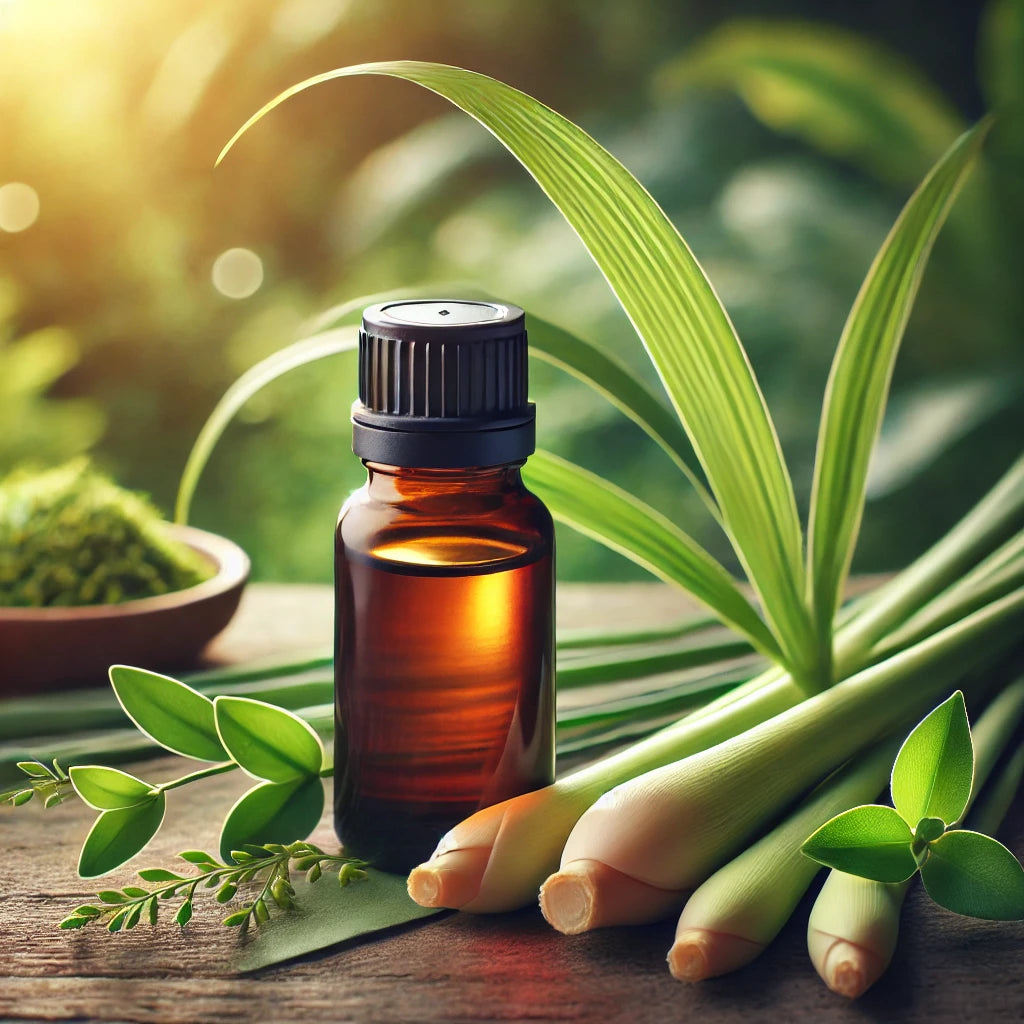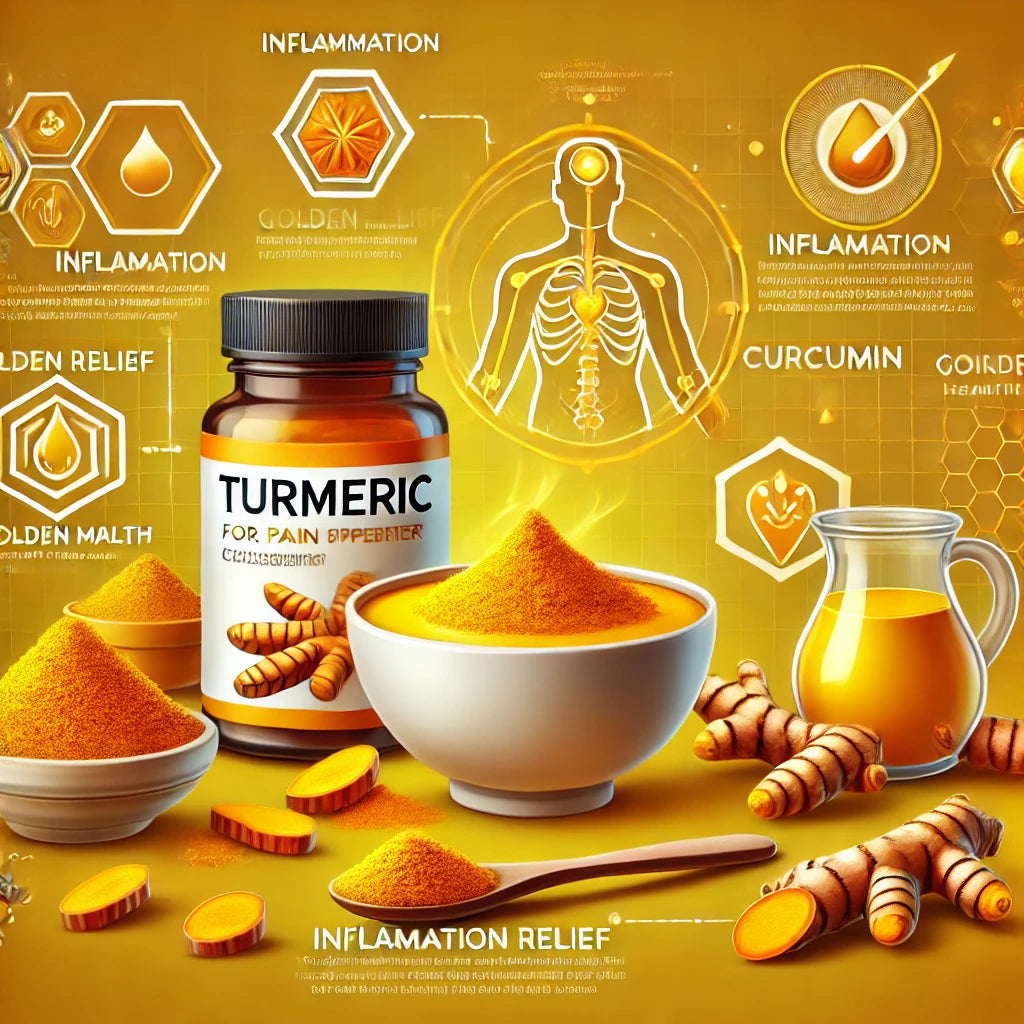News — pain relief
Yerba Buena: Medicinal Benefits, Uses, and Natural Remedies
anti-inflammatory digestion herbal medicine immune support LongLifeNutri natural remedies pain relief respiratory health stress relief Yerba Buena
For centuries, herbal medicine has provided natural remedies for various ailments, and Yerba Buena (Clinopodium douglasii) stands out as a powerful healing herb. Commonly known as "Good Herb", Yerba Buena is used worldwide for its pain-relieving, digestive-soothing, and respiratory-enhancing properties. Whether consumed as tea, used in essential oils, or taken as a supplement, this plant offers remarkable health benefits.
With growing scientific research supporting its anti-inflammatory, antibacterial, and analgesic effects, Yerba Buena has earned its place in modern natural medicine. If you’re looking for herbal supplements that complement Yerba Buena’s benefits, check out LongLifeNutri’s collection of products for digestion, pain relief, and respiratory health.
Beyond Pain: Physical Therapy for a Better Quality of Life with Osteoarthritis
holistic care joint health mobility improvement osteoarthritis osteoarthritis exercises pain management pain relief physical therapy physical therapy benefits quality of life rehabilitation
Osteoarthritis can be a painful and debilitating condition, but it doesn't have to define your quality of life. Physical therapy offers a holistic and effective approach to managing osteoarthritis, reducing pain, and improving mobility.
In this article, we explore how physical therapy can help you move beyond pain and embrace a more active, fulfilling life.
The Power of Lemongrass Essential Oil: A Natural Remedy
aromatherapy digestion support essential oil for skin essential oils herbal remedies holistic healing immune boost lemongrass essential oil lemongrass oil applications lemongrass oil benefits lemongrass oil uses natural health natural remedies pain relief stress relief
In the world of natural remedies, few substances boast as many versatile applications as lemongrass essential oil. Derived from the tall, aromatic lemongrass plant (Cymbopogon citratus), this oil has long been revered in traditional medicine for its therapeutic properties.
Whether you’re looking to enhance your mood, ease digestive discomfort, or improve skin health, lemongrass essential oil provides a gentle yet powerful solution. Let’s explore the many benefits of this incredible oil and how you can incorporate it into your wellness routine.
Harnessing the Power of Cat's Claw: A Complementary Therapy
anti-inflammatory antioxidant anxiety arthritis cat's claw complementary therapy depression fibromyalgia health wellness immune system inflammation natural remedy pain relief stress relief
Historically, the use of cat's claw dates back thousands of years, with indigenous tribes of the Amazon rainforest utilizing it for various medicinal purposes. The vine first caught the attention of Western medicine in the 1970s when researchers began exploring its bioactive compounds and potential health benefits. Today, it remains a popular natural remedy, often consumed in teas, tinctures, and supplements.
Is Turmeric Good for Anti-Inflammatory?
anti-inflammatory arthritis chronic pain curcumin curcuminoids inflammation muscle soreness natural remedies pain relief turmeric turmeric absorption turmeric benefits turmeric cooking turmeric dosage turmeric for arthritis turmeric safety turmeric tea





